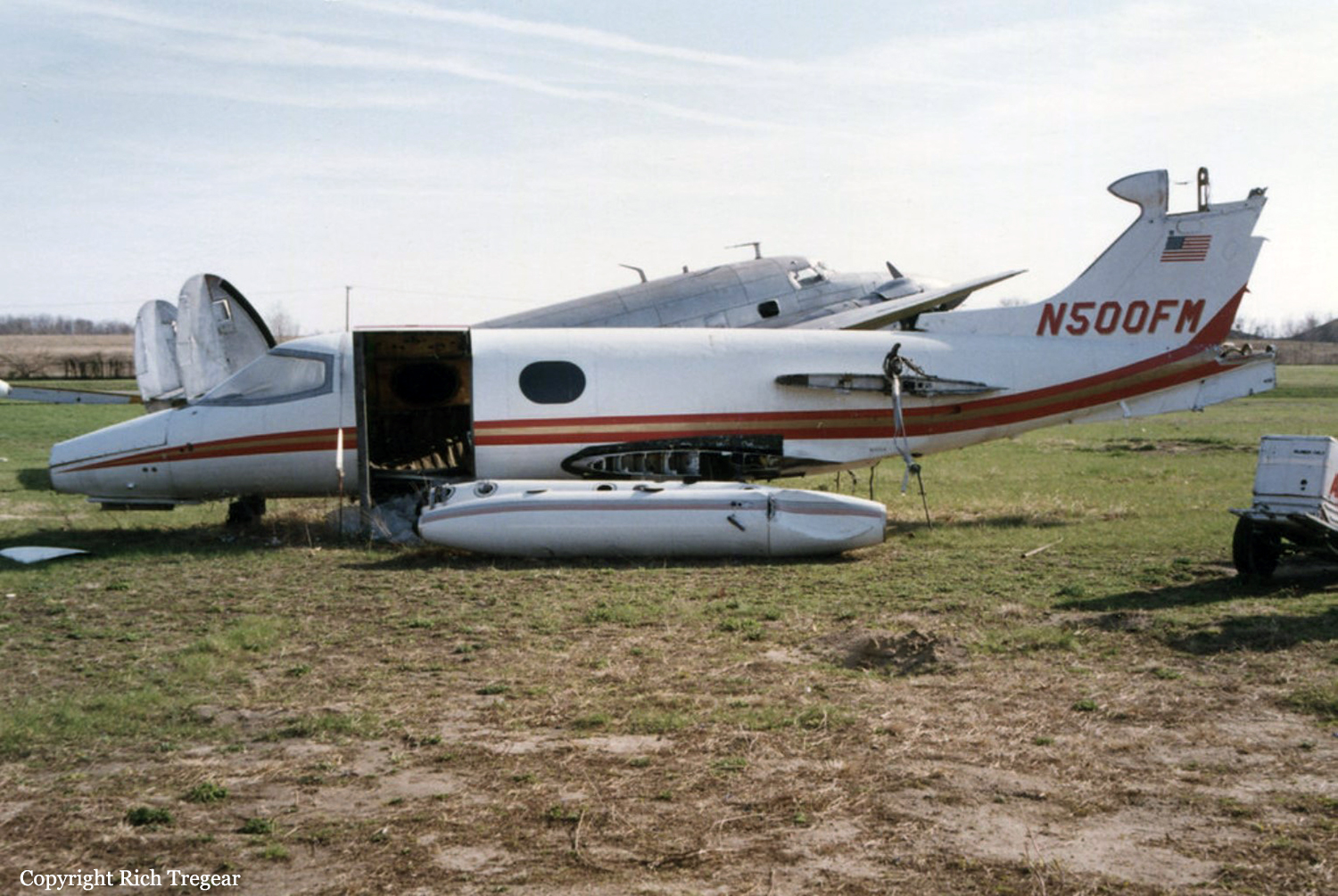Crash of a Learjet 23 in Columbia
Date & Time:
Jul 2, 1991 at 1856 LT
Registration:
N500FM
Survivors:
Yes
Schedule:
Youngstown - Columbia
MSN:
23-088
YOM:
1965
Crew on board:
2
Crew fatalities:
Pax on board:
0
Pax fatalities:
Other fatalities:
Total fatalities:
0
Captain / Total hours on type:
4039.00
Aircraft flight hours:
13594
Circumstances:
The pilot had computed landing performance information for a landing on a wet runway with anti-skid; sufficient runway surface was available. Touchdown was normal, however during the braking process, the airplane started to fishtail and the pilot believed that the anti-skid system had failed. Therefore, the pilot turned the antiskid system off and continued the rollout with normal braking. The airplane went off the departure end of runway 05 and sustained substantial damage. Performance data indicated more runway surface was required for a safe landing on a wet runway without anti-skid assistance. The braking sequence of events described by the pilot resembled dynamic hydroplaning where there was a complete loss of braking effectiveness rather than an anti-skid malfunction. An examination of the airplane failed to disclose any mechanical problems.
Probable cause:
The pilot's premature decision to turn off the anti-skid during landing roll. Factors to this accident were hydroplaning conditions.



